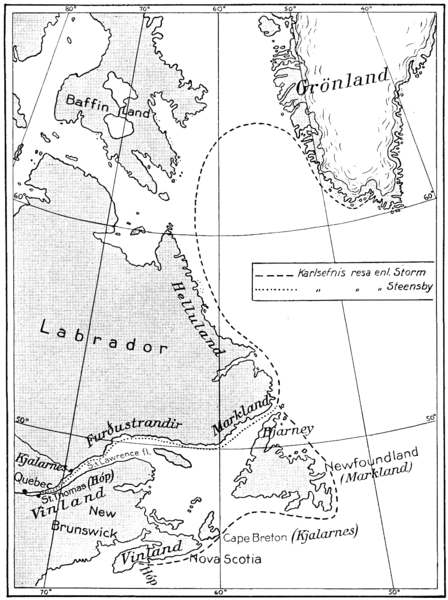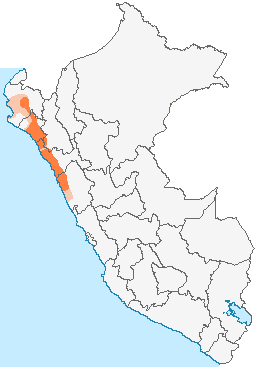
Eight thousand years ago, the people in the British Isles as well as in most of Europe were still living as hunters and gatherers. They had a tribal way of life, probably not that different from the Native Americans in North America at this time. Below is a look at some things going on in North America at that time.
Southwest:
In the Southwest, the Archaic Period begins about this time and is characterized by broad-based hunters and gatherers. The first Archaic people migrated into the Southwest from the Great Basin. These people were nomadic hunters who hunted for deer and antelope. They also gathered fruits, nuts, roots, and different kinds of seeds.
With regard to material culture, these Archaic people brought with them basketry which they used in food preparation, for storage, and for transporting goods. The first baskets which were used by the Archaic people were shallow trays and carrying baskets made by twining. They also made watertight baskets which were used for cooking. The baskets were filled with water and food materials, and then hot stones were dropped in to bring the water to a boil.
Great Plains:
In the Great Plains, there was a climatic change in which the climate became warmer and drier. This marks the beginning of a period which archaeologists call the Archaic Period (also called the Middle Pre-contact Period by some archaeologists). With this climatic change, the bison deserted much of the Plains. Some bison may have taken refuge in stream valleys or peripheral foothill areas where the water shortage was less severe.
With regard to human habitation in the Great Plains at this time, there was a greater reliance on plant foods, especially small seeds. There was increased hunting of smaller animals, although the modern large animals-deer, mountain sheep, and bison-continued to be important.
With regard to stone tool technology, side-notched and corner-notched projectile points began to replace the lanceolate and large stemmed points.
Near Casper, Wyoming, hunters used a parabolic sand dune with steep sides to capture a herd of about 100 bison during a hunt in late autumn. The bisons’ hooves sank into the loose sand and immobilized them, which allowed the hunters to move in and kill them at close range.
In the eastern portion of the Central High Plains, Indian people began using pit houses. They were also making slab-lined storage pits which made it possible for them to stay at base camps for longer periods of time.
In central Texas, Indian people adapted to changing environmental conditions by having a settlement/subsistence system which was characterized by small groups seasonally occupying widely dispersed camps.
Great Basin:
In Nevada, Archaic Period Indians occupied the Bonneville Estates Rockshelter. They tended to be more sedentary than the earlier residents of the rockshelter, staying in it for longer periods of time. They were obtaining obsidian for their stone tools from a quarry about five miles from the rockshelter. They would bring the obsidian back to the rockshelter and fashion their tools there.
The diet of the people living the Bonneville Estates Rockshelter included Indian rice grass, Great Basin wild rye, pickle weed, and buckwheat. They were making coiled baskets.
In Utah, Indian people were now occupying the Sudden Shelter located in Ivie Creek Canyon. Hunting was the major activity carried out by the people who occupied this site. Sudden Shelter was a base camp from which the people were able to exploit a wide variety of resources. One of the main animals being hunted was the mule deer.
Plateau:
In the Columbia Plateau area, the Old Cordilleran culture began to replace the Windust culture. The Old Cordillaran people hunted deer, antelope, mountain sheep, and birds. They also took salmon and fresh-water mollusks from the rivers. As with other Indian people at this time, gathered wild foods were important: they collected and processed berries and tuberous plants such as camas.
Indians were using Owl Cave in Idaho as a site for the systematic killing of buffalo. Each of the Owl Cave kills resulted from a well-planned and coordinated undertaking in which herds of 30 or more Bison antiquus were induced or driven into the cave, dispatched with spear thrusts into the body cavities, and then systematically butchered.
In Idaho, Indian people were hunting and gathering in the Centennial Mountains where they left behind hundreds of camp sites.
In the Plateau area of British Columbia, the archaeological tradition known as Early Nesikep began. This cultural tradition was a hunting oriented culture that appears to have been made up of a mix of earlier traditions from the region. The climate at this time was cooling and becoming wetter. At this time, Indian people were living in fairly small camps which are occupied for short periods of time-from a few days to several weeks. An important and indispensible part of the technology was the use of microblades.
California:
In California, the Encintas tradition began to replace the San Dieguito complex. The Encinitas people gathered plant foods. They then processed these plant foods using manos and matates (stone mortars and pestles). They were also gathering shellfish, but seemed to do very little hunting.
At Buena Vista Lake in California, Indian people were killing and butchering big game animals.
Great Lakes Region:
In the Great Lakes region, Indian people have started to use copper for making tools: adzes, socketed axes, harpoons, awls, weapons.
New England:
In New England, Indian people were living in larger groups and moving less frequently. Archaeologists refer to this as the “Settler Period.” The tool kits used by the people at this time included specialized equipment for a large range of tasks, including axes for heavy woodcutting and adzes for shaping wooden implements and structures.
In New Hampshire, Indian people at the Neville site, near the Merrimack River, were making and using points which are characterized by triangular blades and tapering stems.
Northwest Coast:
In British Columbia, Indian people were now living at the Bear Cove Site. With regard to fish, rockfish was most frequently taken (72%), followed by salmon (10%). Other fish make up the remainder. Sea mammals, particularly porpoise, were also hunted. The artifacts being used at this time included pebble choppers, leaf-shaped points and retouched flakes which may have served as cutting and scraping implements.
Indian people in southeastern Alaska were using a variety of stone tools, including microblades, anvil stones, hammerstones, and whetstones. They were gathering shellfish, including horse clam and sea urchin. They were hunting seals, sea lions, and beaver.




Leave a Reply